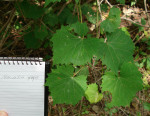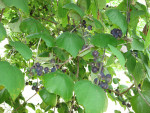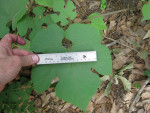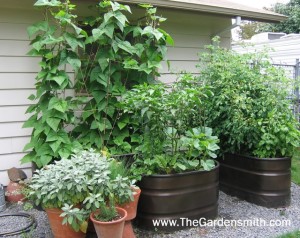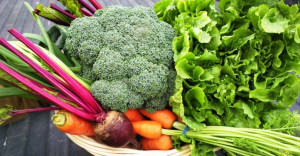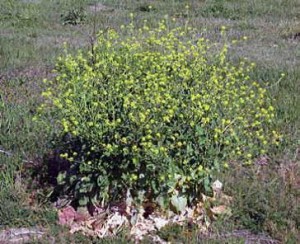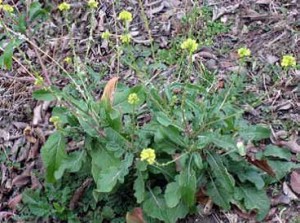By Merilyn Cranford, Somervell County Master Gardener
 Shasta Daisies have long been sunny garden favorites, both in beds and, with their long, stiff stems, as cut flowers. They’re a cinch to grow, they bloom for a long time and they attract butterflies, but not deer.
Shasta Daisies have long been sunny garden favorites, both in beds and, with their long, stiff stems, as cut flowers. They’re a cinch to grow, they bloom for a long time and they attract butterflies, but not deer.
One of the more familiar types is known as ‘Becky’, a heavy bloomer with an upright habit. It starts to flower in July and keeps it up straight through to September. It’s true that ‘Becky’ is a great favorite of many people, but there are others as well.
Plenty of the new cultivars sport larger flowers, with more eye-catching petals than the older Shastas. One that might catch your eye is named ‘Fluffy’ because of its double flowers sprouting threadlike petals. Another is ‘Fiona Coghill’, with its audacious pompon flowers. The stout stems are strong enough to hold heavy blooms, even when they are wet after watering or rain. Additionally, ‘Crazy Daisy’ is a 30-inch tall Shasta that adds a playful attitude to the garden and the haphazard arrangement of petals is as endearing as its name.
There is a size to fit everyone’s taste. Some Shasta cultivars range in height from 10 to 40 inches and flower size from 2 to almost 5 inches across. For the most part white is the color of Shasta daisies, though there are a few that claim yellow petals. Two of these are named ‘Sunshine’ and ‘Cobham Gold’ which is closer to a soft butter-cream color.
Because of their inherently rugged nature and the range of plant sizes, there are many different uses for Shasta daisies. Some may look well at the center or back of the flowerbed. Or a large grouping makes a big impact, especially when you view it from a distance. If you’re not crazy about deadheading all those daisies, place the bed at the far end of the yard where a few faded blooms aren’t as noticeable. Or grow them in containers. Give them full sun and even moisture, but make sure the potting mix is well-drained, so the roots don’t rot.
So try a few Shastas – you’ll soon be hooked. Because however you use them, Shastas add a touch of magic to your garden, along with tons of fresh white blooms, from simple to simply splendid!

